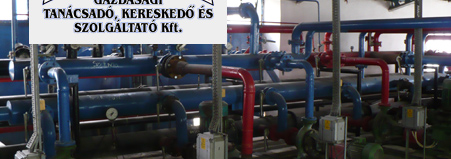In Hungary, wells with an average output water temperature over 30 C are considered thermal wells. The excavation of thermal wells is possible in three quarters of the country.
30% of the thermal wells have balneological use, over a quarter of them provide drinking water and less than 50% are used for geothermal energy. At the moment thermal water exploitation only to utilize geothermal energy is not allowed by law unless it is re injected, so cool thermal water has to be put back to the level it was taken from.
In Hungary the geothermal gradient - which indicates the rise of temperature within an unit of the depths - it is an average of 5 °C/ 100 metres, which is nearly half as much again than the world average. The reason for that, in the Pannon-basin where Hungary is situated, the earth's crust is thinner - only 24-26 km - than the world average 30-35 km and also the basin is filled with good heat insulator deposits (clay and sand). The measured temperature data - the temperature comes from a unit of a soil - is quite high (average 90 mW/m2), while on the continent this amount is 60mW/m2. On the country's surface the average temperature is 10 C. According to the geothermal gradient, at a depth of 1 km, the temperature of the rocks and the water within is 60 C, at 2 km depth it is 170 C. The geothermal gradient is higher in the southern part of Transdanubia and in the Great Plain and lower in the Kisalföld and in the mountains. From the thermal wells the water coming through the pipes cools down, so on the surface it very rarely reaches 100 C. We are only aware of some steam wells, which have very deep excavations, but haven't been researched properly yet.
(Source: Ministry of Environment and Water)
|


